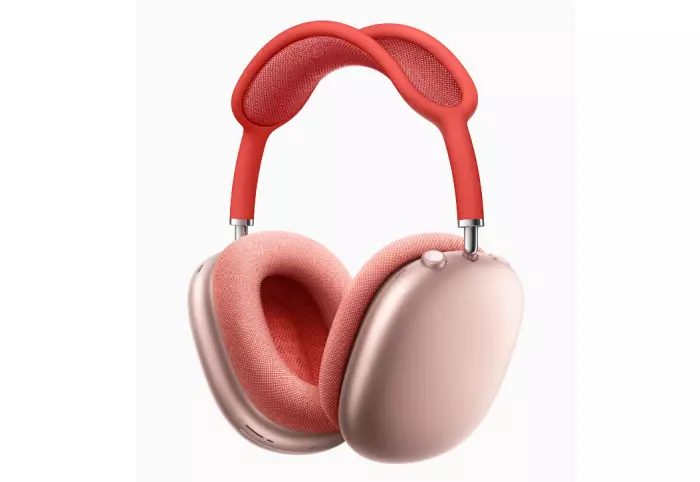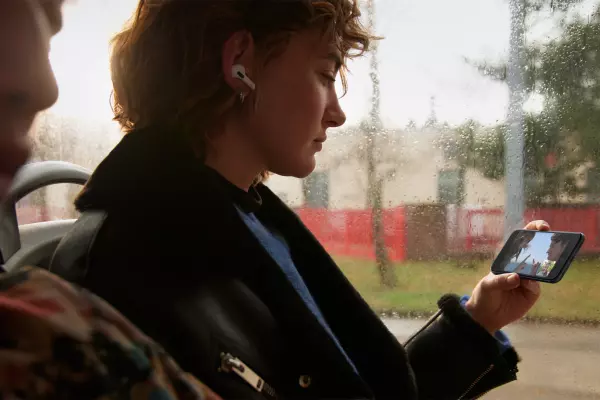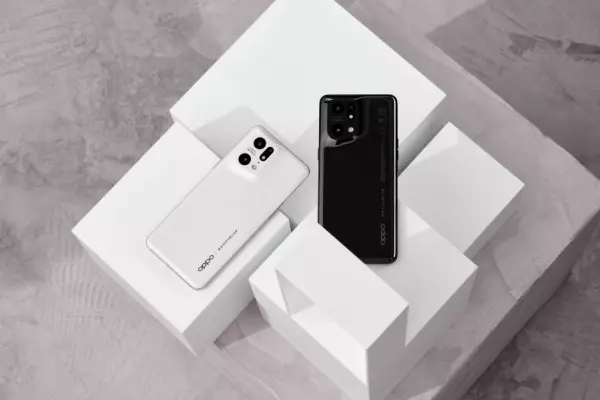We’re all boarding fewer flights than we normally might even with New Zealand’s domestic routes open for business, so noise cancelling headphones might not be at the top of your shopping list.
But Apple’s AirPods Max have launched anyway, and they are a somewhat contradictory product.
Such is the success of the company’s in-ear white plastic headphones, branding these over-ear headphones as AirPods is a little confusing.
Thankfully the AirPods Max are a superb first effort from Apple at over-ear audio. It’s just that you might not like the aesthetic, and there are similar products on the market for less.
One of the best things about the AirPods Max is their seamless integration with other Apple products.
If you have an iPhone, iPad, or Mac then you’ll know of the conveniences of being stuck in Apple’s walled garden: everything connects to everything (but it is difficult to leave).
The two H1 chips in each ear cup of the AirPods Max means all you have to do is bring them near to an Apple device and a pop up will appear, letting you connect very quickly and without having to faff around with a Bluetooth settings menu.
Once connected, the Max can connect to any other device running on the same iCloud account. Automatic device switching is the feature you didn’t know you needed, with the headphones able to connect to whichever iDevice audio is playing from.
Pause music on your iPhone and start a video on your iMac and the magic kicks in without having to manually switch the audio source.
I’m saying this upfront because even though the Max works with Android phones and other Bluetooth devices, all these smarts and conveniences only work with Apple gear. I don’t recommend them unless you’re an Apple person.
Audio purists might not like the fact there is no 3.5mm audio jack on the Max, which means you can’t listen to wired audio. Everything is wireless.
Devil is in the details
We’re in classic Apple design territory here, with machined aluminium used for the cups and a stainless steel headband. Plastic is lighter and debatably more comfortable, and I found the AirPods Max uncomfortable to wear all day because of their heft.
I also looked a bit like a cyberman in the silver version I was loaned (they also come in black, blue, green, or red).
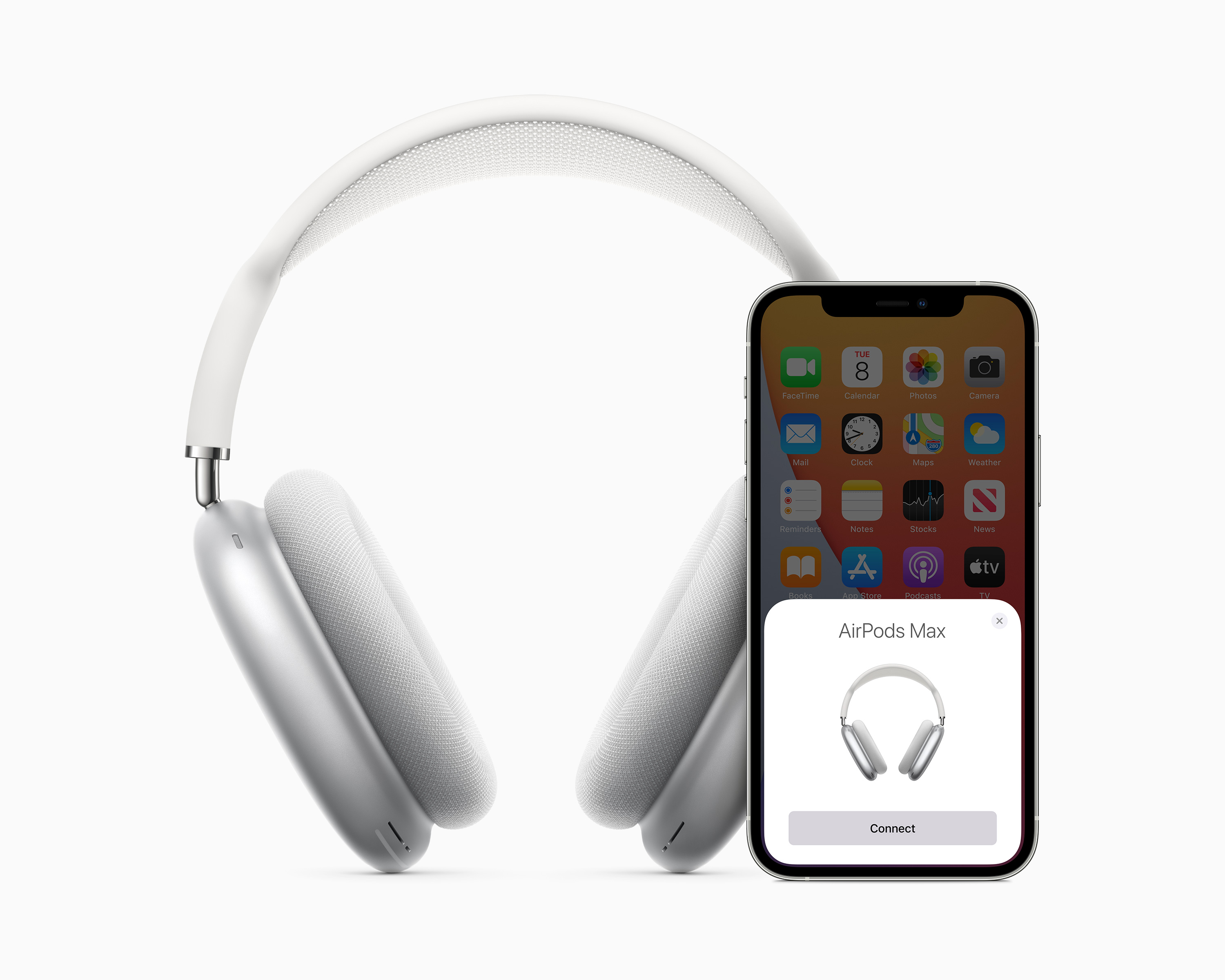
The other best thing about these headphones is, most importantly, the sound quality.
In my testing, the AirPods Max were consistently excellent in sound reproduction, tone, and timbre. The balance of bass, mids, and trebles is pleasing to my ears and personal music collection, though not being able to adjust the EQ via an app is very Apple, and a feature most competing products have.
Listening to ‘Munich’ by Editors, a song I’ve known for 15 years, I reheard backing vocals in the chorus I had barely registered on lesser pairs of headphones over the past decade.
This happened frequently with the AirPods Max, where songs I know inside out sounded completely fresh to me.
Luther Vandross’s ‘Never Too Much’ brings the synths in the verses into view in the mix to complement the famous slap bass part.
Radiohead’s ‘Weird Fishes/Arpeggi’ is transcendent, with ridiculously good handling of the bass guitar, the positioning in the mix of the drums, and reverbed backing vocals. You simply can’t hear some of the detail on lesser headphones.
Similar experiences apply to St Vincent’s ‘New York’, Ennio Morricone’s ‘Main Theme’ from Once Upon A Time in the West, Haim’s ‘Los Angeles’, and Wu-Tang Clan’s ‘C.R.E.A.M’; these are headphones for all genres.
The organised ramshackle of Bob Dylan’s ‘Hurricane’ allows the bright sparkle of the acoustic guitar to shine but not grate, with the percussion perfectly audible alongside the prominent violin. It feels like you’re in the mixing room with the producer.
Charging is over a lightning cable, the same as the iPhone, with Apple promising battery life of 20 hours, which I found to be accurate.
Cancel culture
You’re able to shut yourself off from the world and sit along with the audio thanks to Apple’s superior noise cancellation. It is very good, and better than the feature I have tested on recent competing headphones such as Sony’s WH-1000XM4 ($599) and Huawei’s FreeBuds Studio (also $599).
The Max has eight microphones on them, Apple claims, to make 200 adjustments per second via the H1 chips as the ‘phones listen for ambient noise and cancel it out. A ninth mic is also present for hands-free calls.
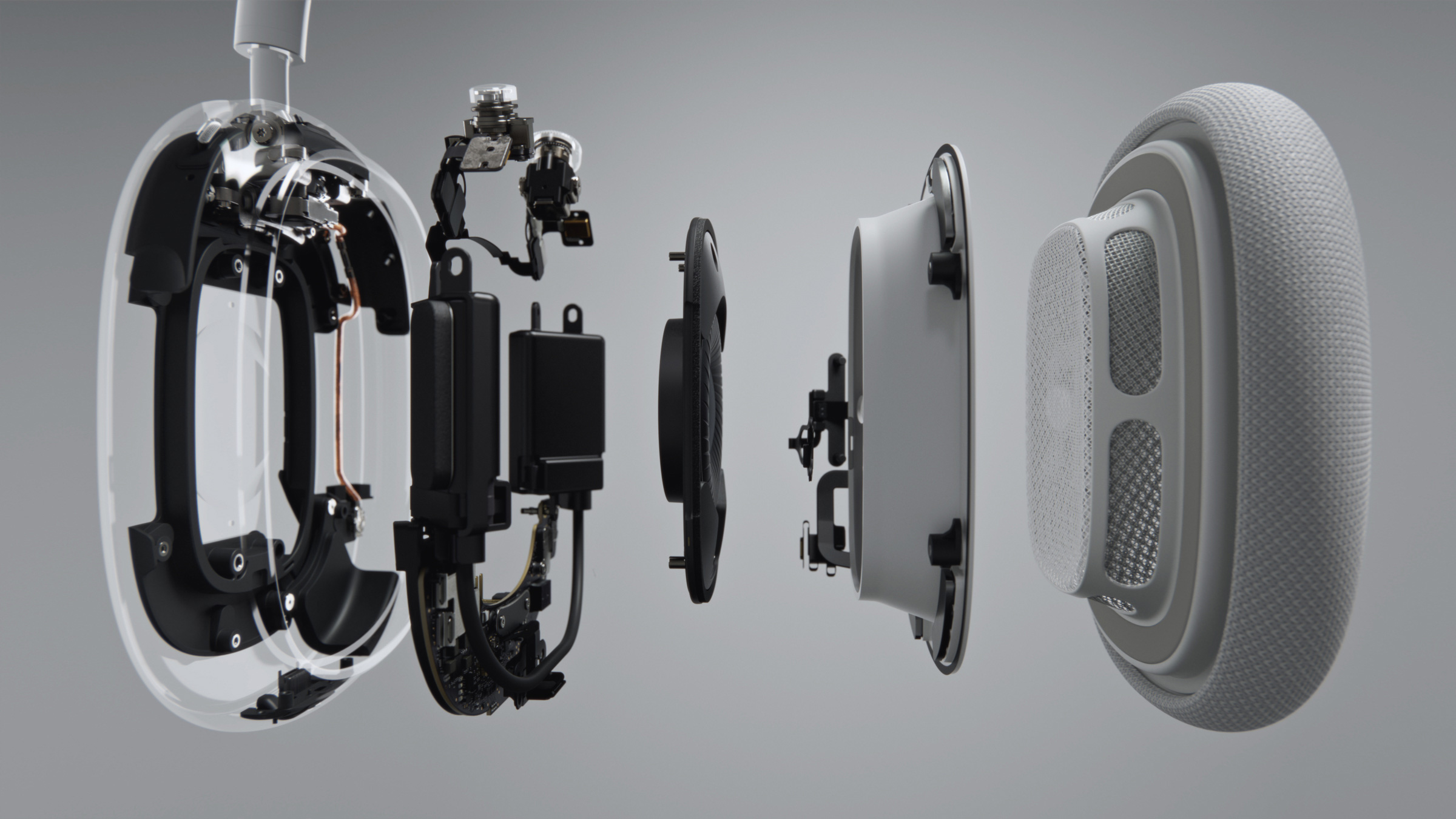
Pressing a button on the right ear cup switches between two of three selected modes, the other two being 'transparency', and the third ‘off’. Transparency does the opposite of noise cancelling, letting in sound so you can talk to someone or safely navigate crossing the road.
Apple’s decision to use physical buttons instead of temperamental touch controls is welcome, with the only other button for pausing audio or calling up Siri also acting as a volume dial.
By far the worst thing about the AirPods Max is the weird silicone and microfibre case. Putting the headphones in the case is the only way to put them into low power mode, but the case itself is flimsy and doesn’t offer much protection.
At $999 the AirPod Max is expensive for the consumer audience Apple is targeting, but they are excellent at what they set out to do. Depending on your budget, the Max are simultaneously too expensive and well-priced.
The Sony WH-1000XM4 are a badly named but superb alternative to the Max, and they cost $599, not $999. Sounds reproduction is near identical, but the noise cancelling is better on Apple’s cans.
I prefer the lightness of the plastic Sony model, which also fold up and have a proper protective case, but when using an iPhone or iPad there’s no denying how seamless using the AirPods Max is.
As with many Apple products you will pay a premium, but the sound quality and noise cancellation of the AirPods Max is so good that the spend might be worth it if you are already invested in the company’s ecosystem.


